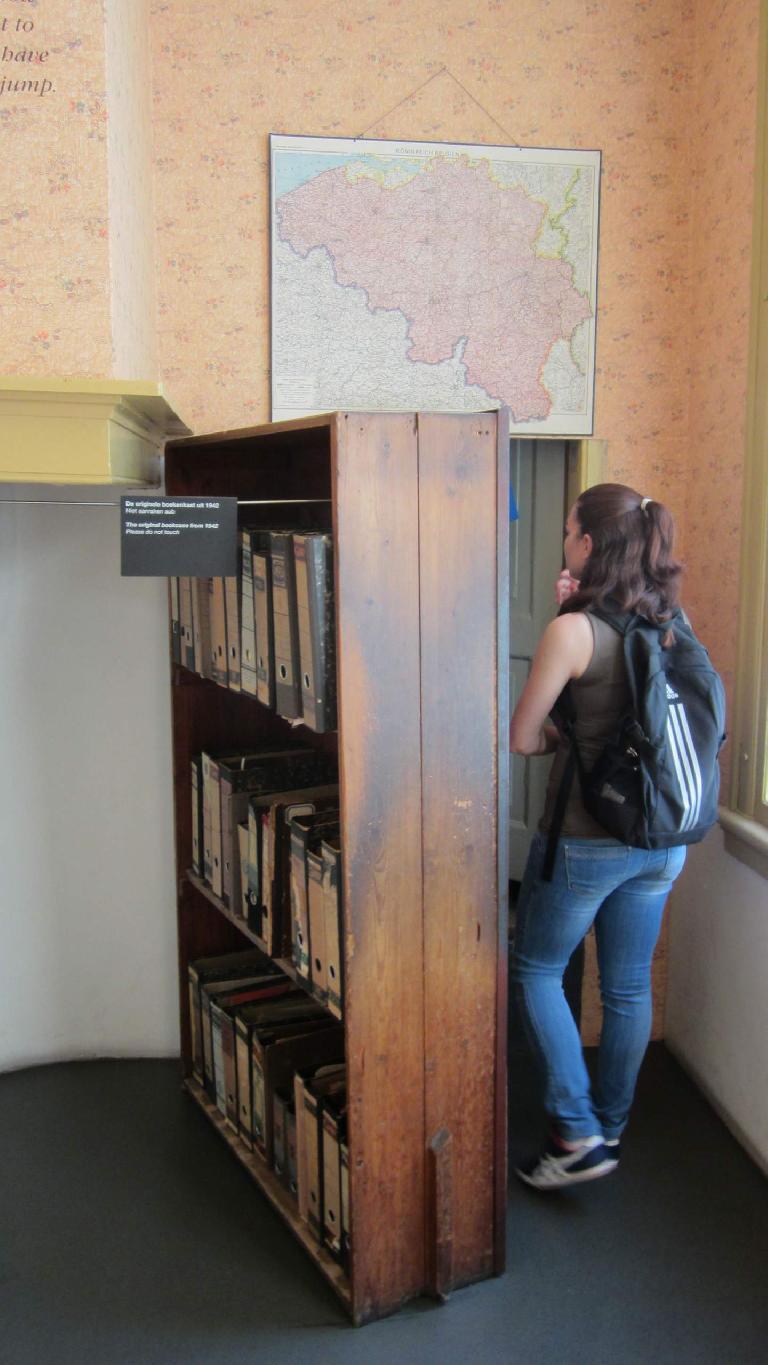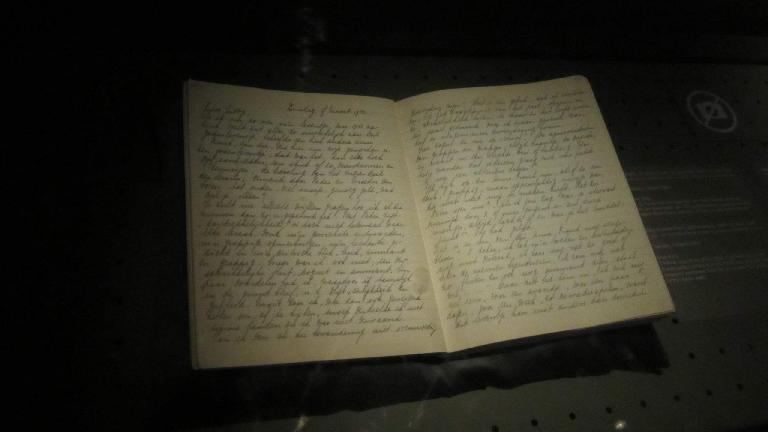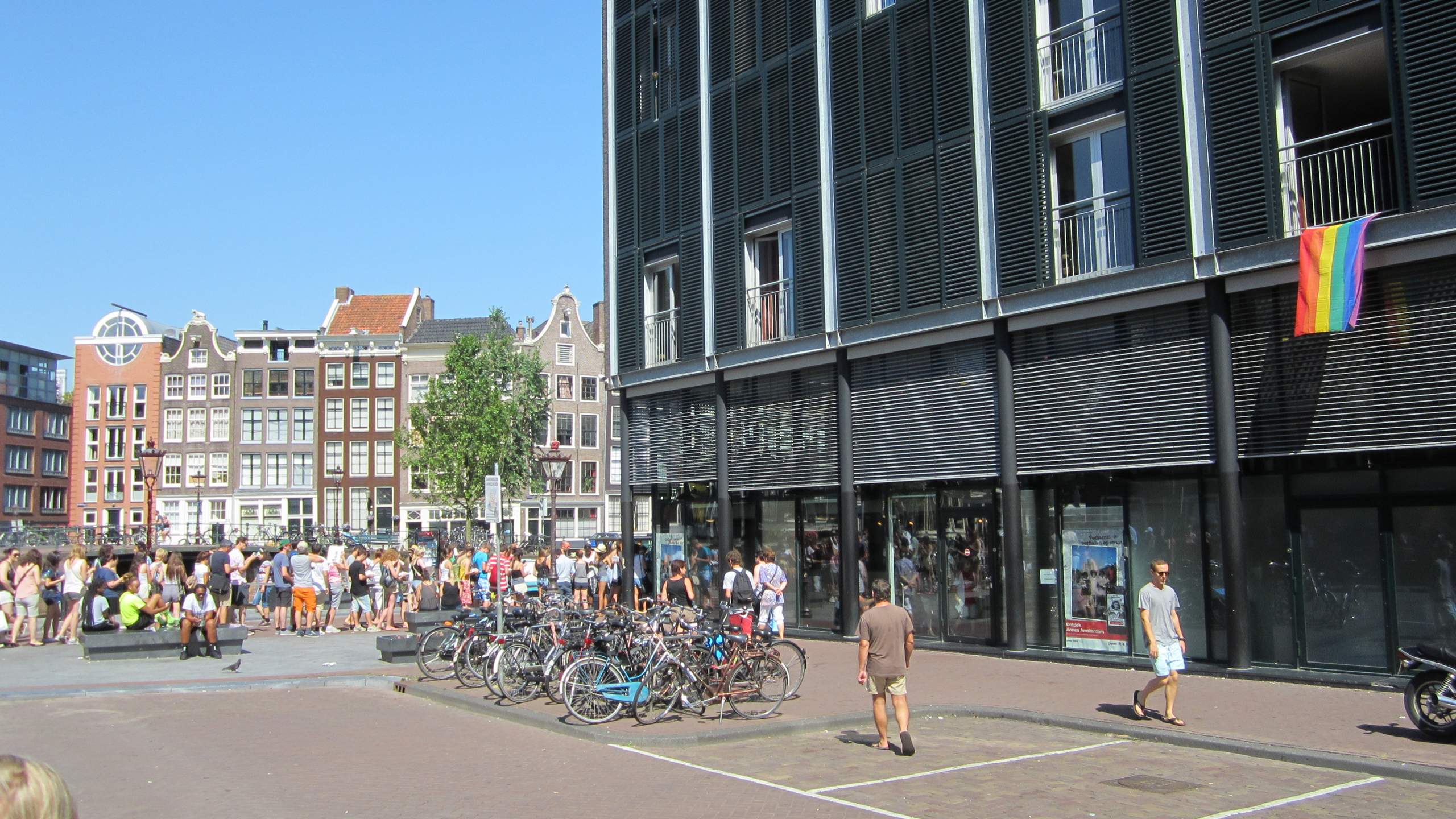Anne Frank House
Can you even imagine how it would be like to have to hide inside your house 24 hours a day, 7 days a week, 365 days a year? Or to not be allowed to make any noise during the day or flush a toilet to prevent tipping off anyone in the outside world that you might be there?
This, tragically, was the life for many Jews during World War II. And thanks to the publishing of her diary years after her death, teenager Anne Frank was one of the most famous ones. In addition to publishing her diary—which also happily fulfilled her dream of being a published author one day—her father (the only surviving member of the family) turned his former home/warehouse along the Prinsengracht Canal in Amsterdam into the Anne Frank House to help make the world more aware of the mal-effects of prejudice.
Although all the rooms were left empty—a wish of Mr. Frank to signify the emptiness Jewish families felt after family members were evicted and all their belongings were taken away by Nazi soldiers—it provided some insight as to how Dutch people lived during the Second World War. It was easier to put myself in their place, both literally and figuratively, and imagine how they were basically incarcerated in their own homes and had none of the freedom we enjoy today.

Snippets from Anne Frank’s Diary—a book I would like to re-read—were also posted in the house. There also was a video of an interview of Mr. Frank expressing how many of the deeper thoughts he read in Anne’s diary had completely surprised him, particularly because he had known her all her life and spent every day with her. He said he now believes that most parents do not truly know their children.

Another interesting part of my visit was watching another video after touring the house, which raised questions and took instantaneous polls of modern day controversies involving prejudice. Some issues included the banning of wearing headscarves in public schools or even the U.S. army, the ban on wearing Nazi symbols like the swastika in Germany, and the ban on gays in the Boy Scouts.
The Anne Frank House did get me to think about prejudice that remains in the world today, and also to not take for granted the ability to leave my own home.

There are 2 comments.
I live in Dublin Ireland and heard a discussion on our radio about a new investigation that is about to be undertaken by some American detectives using modern technology to try and discover the identity of the person who gave away the secret of Anne's whereabouts.
I wish them well but it seems like they are taking on a task that is just too difficult but they will do all the research necessary and may be successful .
Yours sincerely,
Nicholas Ffrench
Hi Nicholas, thanks for telling me about the new investigation. That sounds like both an interesting and very challenging project! Like you, I wish the detectives well in solving one of the great mysteries of the Anne Frank saga.